Designed for individuals with cerebral palsy and similar physical disabilities, our programs focus on fine and gross motor development through evidence-based techniques and motivating, tailored activities.
We offer both individualised and group-based intensive therapy options.
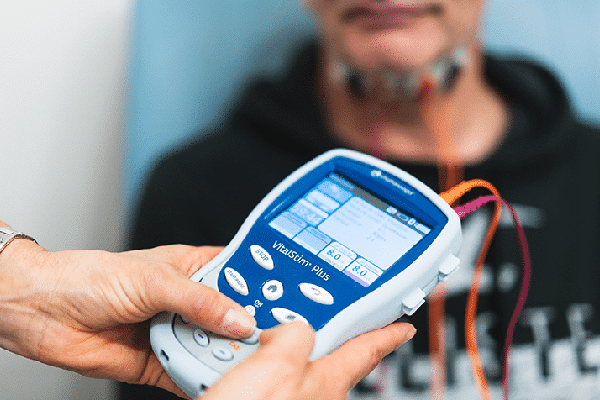
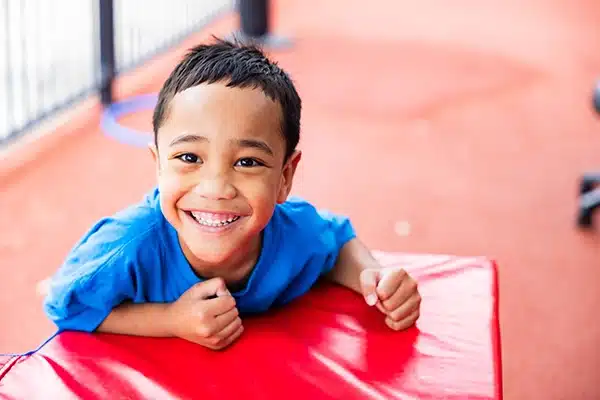

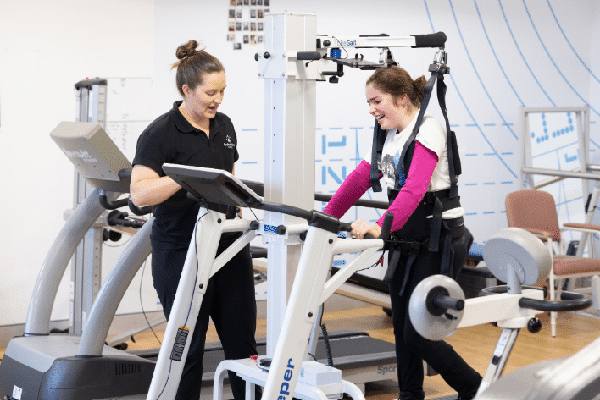
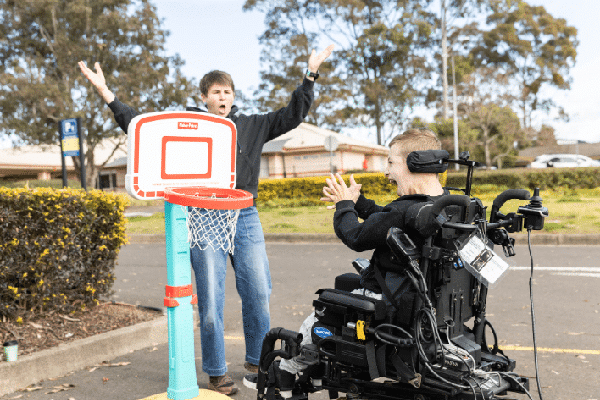
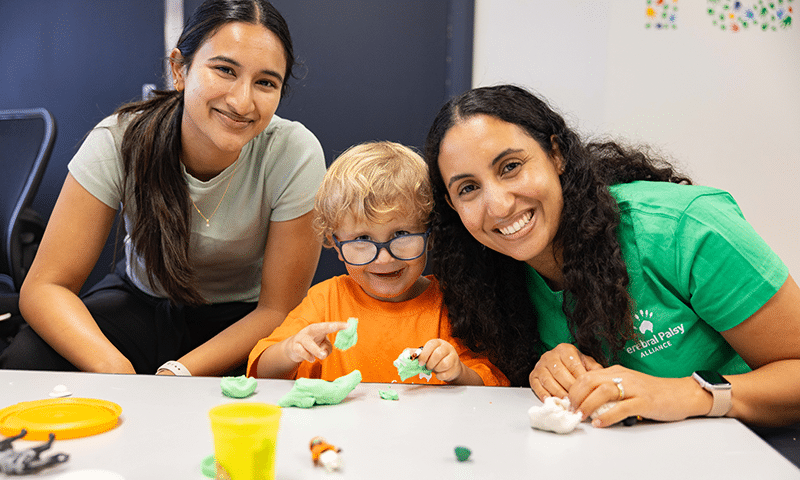
Our Individualised Intensive Programs are tailored to your unique goals, abilities, and interests.
Working closely with your therapists, we'll co-design an intensive therapy schedule targeting your specific priorities — whether that's fine motor skills, gross motor development, communication, mobility, or self-care.
Ideal for those wanting a personalised, flexible approach that suits your needs.
NDIS funding
Our world-class intensive therapy programs support children and adults in Sydney, Canberra, the Hunter and the Central Coast.
"*" indicates required fields
We will respond as soon as possible, between Monday-Friday 9:00am - 5:00pm